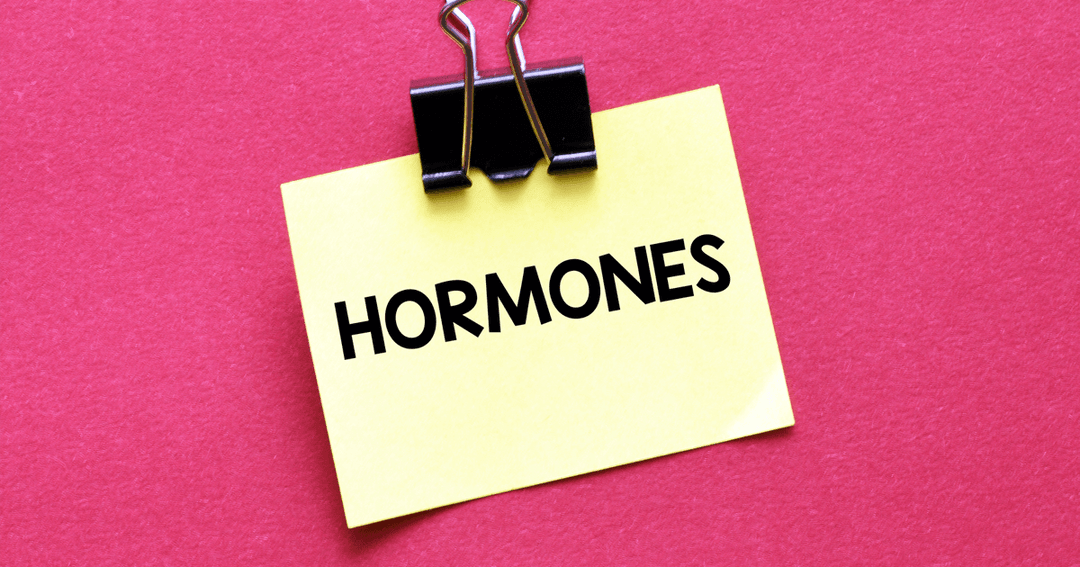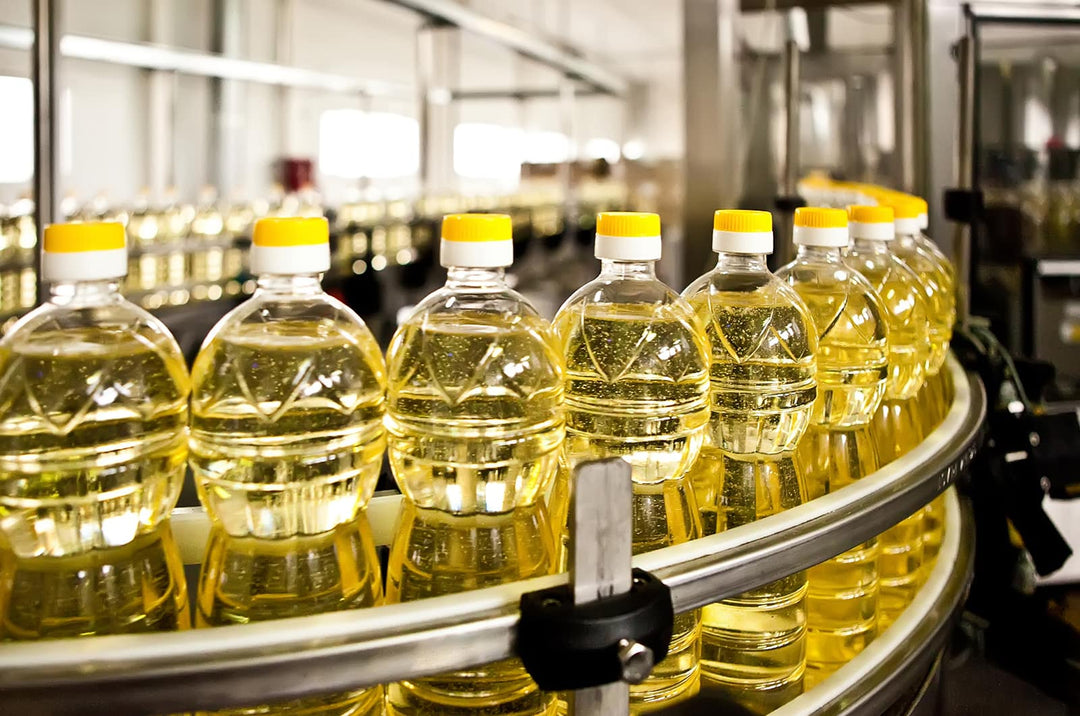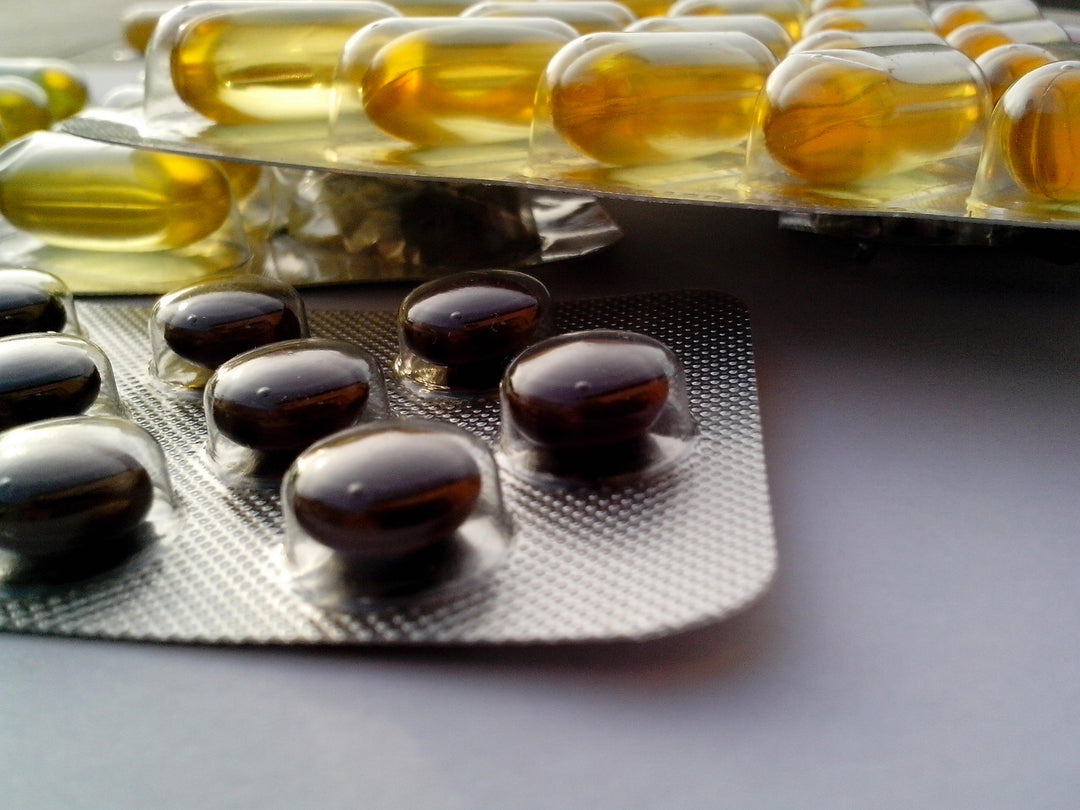Menopause is a significant milestone in a woman's life, bringing various changes that can be both physically and emotionally demanding. However, one very powerful tool you can harness during this transition is your diet. By making informed choices about what you eat, you can help alleviate some of the most common menopausal symptoms and support your overall health.
This guide gives you a list of menopause-friendly foods. Looking into the science behind dietary choices and offer practical tips for incorporating them into your daily meals. From phytoestrogen-rich foods that can help balance your hormones to foods you might want to limit, we've got you covered.
Understanding Phytoestrogens: Nature's Hormone Helpers
Phytoestrogens are plant-based compounds that mimic the effects of oestrogen in the body. As oestrogen levels decline during menopause, these natural alternatives can help fill the gap and alleviate symptoms like hot flushes, mood swings, and fatigue.
There are three main categories of phytoestrogens:
- Isoflavones
- Coumestans
- Lignans
Each of these compounds can play a role in supporting your health during menopause. Let's explore the foods that are rich in these beneficial phytoestrogens.
Top 10 Oestrogen-Rich Foods for Menopause
1. Soybeans and Edamame: The Isoflavone Powerhouses
Soybeans and their young, green counterparts, edamame, are exceptional sources of isoflavones. These powerful phytoestrogens have shown promise in reducing menopausal symptoms, particularly hot flushes and night sweats.
Why they work: Isoflavones break down into four compounds: genistein, daidzein, biochanin A, and formononetin. Once activated by gut bacteria, these substances can help balance hormone levels.
How to include them: Aim for 2-3 servings of soy products per day. This could be:
- 200g of tofu
- 100-150g of tempeh
- 3 cups of soya milk
Pro tip: Choose whole soy foods over highly processed versions for maximum nutritional benefit.
2. Flaxseeds: The Lignan Leaders
Ground flaxseeds are an excellent source of lignans, another type of phytoestrogen. While research results have been mixed, many women report improvements in hot flushes and vaginal dryness when incorporating flaxseeds into their diet.
Why they work: Lignans may help modulate oestrogen levels and provide additional benefits through their high omega-3 fatty acid and antioxidant content.
How to include them: Aim for 1-2 tablespoons of ground flaxseeds daily. You can:
- Sprinkle them on yoghurt or porridge
- Add them to smoothies
- Use them in baking as an egg substitute
Pro tip: Grind your flaxseeds just before use to preserve their nutritional value.
3. Legumes: The Versatile Phytoestrogen Source
Chickpeas, lentils, kidney beans, and split peas are all excellent sources of isoflavones. They provide a whopping 5,530 micrograms of phytoestrogens per 100 grams.
Why they work: The high isoflavone content in legumes can help balance hormone levels and provide additional benefits through their fibre and protein content.
How to include them: Aim for at least 3 servings of legumes per week. Try:
- Adding chickpeas to salads
- Making lentil soup
- Preparing a bean chilli
Pro tip: Soak dried legumes overnight to reduce cooking time and improve digestibility.
4. Dried Fruits: Concentrated Phytoestrogen Goodness
Dried fruits, particularly prunes, apricots, and dates, offer higher concentrations of phytoestrogens than their fresh counterparts. Dried apricots are especially potent, providing 445.5 micrograms of phytoestrogens per 100 grams.
Why they work: The drying process concentrates the phytoestrogens, making dried fruits a convenient and potent source of these beneficial compounds.
How to include them: Enjoy a small handful (about 30g) of dried fruit daily. You can:
- Add them to your morning cereal
- Use them as a natural sweetener in baking
- Snack on them between meals
Pro tip: Choose unsulphured dried fruits to avoid unnecessary additives.
5. Garlic: The Surprising Hormone Helper
While more research is needed, some animal studies suggest that garlic may positively affect blood oestrogen levels. Regardless, its numerous health benefits make it a valuable addition to any diet.
Why it works: Garlic contains unique compounds that may influence hormone production and metabolism.
How to include it: Aim to include 1-2 cloves of garlic in your daily meals. Try:
- Adding minced garlic to stir-fries
- Roasting whole garlic cloves with vegetables
- Using garlic in homemade salad dressings
Pro tip: Let crushed garlic sit for 10 minutes before cooking to enhance its beneficial compounds.
6. Whole Grains: The Lignan-Rich Staples
Rice, oats, barley, quinoa, and various brans (rice, rye, wheat) are all good sources of lignans. Early research suggests they may have a balancing effect on oestrogen levels.
Why they work: The lignans in whole grains may help modulate oestrogen activity in the body.
How to include them: Aim for at least 3 servings of whole grains daily. You can:
- Start your day with a bowl of porridge
- Choose whole grain bread for sandwiches
- Use quinoa or brown rice as a base for meals
Pro tip: Experiment with different grains to find your favourites and keep meals interesting.
7. Sesame Seeds: Tiny Seeds, Big Impact
These small seeds pack a powerful phytoestrogen punch. Research has shown that supplementing with sesame seed powder can increase oestrogen activity in postmenopausal women.
Why they work: Sesame seeds are rich in lignans, which can help balance hormone levels.
How to include them: Aim for 1-2 tablespoons of sesame seeds daily. Try:
- Sprinkling them on salads or stir-fries
- Using tahini (sesame paste) in dressings or as a spread
- Adding them to homemade energy balls
Pro tip: Lightly toasting sesame seeds can enhance their flavour and make their nutrients more bioavailable.
8. Cruciferous Vegetables: The Phytoestrogen Powerhouses
Broccoli, cauliflower, cabbage, and Brussels sprouts are all excellent sources of various phytoestrogens. They're particularly rich in compounds called coumestans and lignans.
Why they work: The diverse phytoestrogen profile in cruciferous vegetables can help support hormone balance and overall health.
How to include them: Aim for at least one serving of cruciferous vegetables daily. You can:
- Roast a mix of broccoli and cauliflower as a side dish
- Add shredded cabbage to salads or slaws
- Stir-fry Brussels sprouts with garlic and olive oil
Pro tip: Lightly steaming these vegetables can help preserve their nutrients and make them easier to digest.
9. Sprouts: The Living Phytoestrogen Sources
Alfalfa and mung bean sprouts are excellent sources of coumestans, a potent type of phytoestrogen.
Why they work: The sprouting process increases the bioavailability of nutrients, including phytoestrogens.
How to include them: Try to include a small serving of sprouts in your diet 3-4 times a week. You can:
- Add them to sandwiches or wraps
- Toss them into salads
- Use them as a garnish for soups or stir-fries
Pro tip: Growing your own sprouts at home is easy and ensures you always have a fresh supply on hand.
10. Green Tea: The Soothing Phytoestrogen Beverage
While not as potent as some other sources, green tea contains phytoestrogens called catechins. It also offers numerous other health benefits that can support you during menopause.
Why it works: The catechins in green tea may help modulate oestrogen activity and provide antioxidant support.
How to include it: Aim for 2-3 cups of green tea daily. You can:
- Enjoy it hot or iced
- Use it as a base for smoothies
- Cook rice in green tea for added flavour and benefits
Pro tip: Brew your green tea for just 2-3 minutes to avoid bitterness and maximise its beneficial compounds.
Bonus Oestrogen-Rich Foods to Embrace
While the foods mentioned earlier can significantly support your menopausal journey, here are a few additional oestrogen-rich options to consider adding to your diet:
- Tempeh: This fermented soy product is not only a good source of isoflavones but also provides beneficial probiotics that can support gut health, further aiding hormone balance.
- Sprouted Grains: The sprouting process can increase the phytoestrogen content of grains like wheat, barley, and rye, making them a valuable addition to your diet.
- Berries: Berries like strawberries, raspberries, and blueberries contain phytoestrogens and antioxidants, which can help protect your cells from damage and reduce inflammation.
- Pomegranate Seeds: These vibrant seeds are packed with phytoestrogens and antioxidants and can be enjoyed on their own, sprinkled on salads, or added to yoghurt.
- Nuts and Seeds: Almonds, walnuts, sunflower seeds, and pumpkin seeds are good sources of phytoestrogens and healthy fats, which are essential for hormone production and overall health.
Foods to Limit During Menopause
While focusing on beneficial foods is crucial, it's equally important to be aware of foods that may exacerbate menopausal symptoms. Here are some items you might want to limit:
1. Spicy Foods
Why limit them: The capsaicin in chilli peppers can trigger hot flushes and sweating in some women.
Alternative: Experiment with milder spices like turmeric, cumin, and curry powder for flavour without the heat.
2. Caffeine
Why limit it: Some studies suggest that caffeine can increase the frequency and intensity of hot flushes.
Alternative: Try herbal teas, decaf coffee, or caffeine-free chicory root "coffee" as alternatives.
3. Alcohol
Why limit it: Alcohol can disrupt sleep patterns and trigger hot flushes in some women.
Alternative: Explore non-alcoholic beverages like kombucha, herbal teas, or infused water for a refreshing treat.
4. Processed Foods
Why limit them: Highly processed foods can contribute to weight gain and increase the risk of heart disease, which becomes more prevalent after menopause.
Alternative: Focus on whole, minimally processed foods to support your overall health and well-being.
Putting It All Together: Your Menopause-Friendly Meal Plan
To help you incorporate these beneficial foods into your diet, here's a sample meal plan:
|
Meal |
Menu |
|
Breakfast |
Porridge with ground flaxseeds, dried apricots, and a sprinkle of sesame seeds |
|
Snack |
Green tea with a small handful of almonds |
|
Lunch |
Mixed salad with chickpeas, roasted broccoli, and a tahini dressing |
|
Snack |
Sliced apple with almond butter |
|
Dinner |
Stir-fried tofu with mixed vegetables and brown rice |
|
Evening |
Chamomile tea |
Beyond Diet: Other Lifestyle Factors to Consider
While diet plays an essential role in managing menopausal symptoms, it's just one piece of the puzzle. Consider these additional lifestyle factors:
- Regular exercise: Aim for at least 150 minutes of moderate-intensity exercise per week.
- Stress management: Practise relaxation techniques like meditation or yoga.
- Adequate sleep: Prioritise getting 7-9 hours of quality sleep each night.
- Hormone replacement therapy (HRT): Discuss this option with your healthcare provider if symptoms are severe.
Could Food Intolerances Be Affecting Your Menopause Experience?
As our bodies change during menopause, we may become more sensitive to certain foods. Undiagnosed food intolerances could potentially exacerbate menopausal symptoms or create new discomforts that you might mistakenly attribute to menopause.
To gain a clearer picture of how your diet might be affecting your menopausal journey, consider taking a food intolerance test. At Check My Body Health, we offer comprehensive food intolerance testing that can help you identify problem foods and create a personalised eating plan to support your health during this transition.
Take control of your menopause journey with our food sensitivity test.
Remember, menopause is a natural part of life, and with the right diet and lifestyle choices, you can navigate this transition with grace and vitality. Here's to your health and well-being during this new chapter of life!



